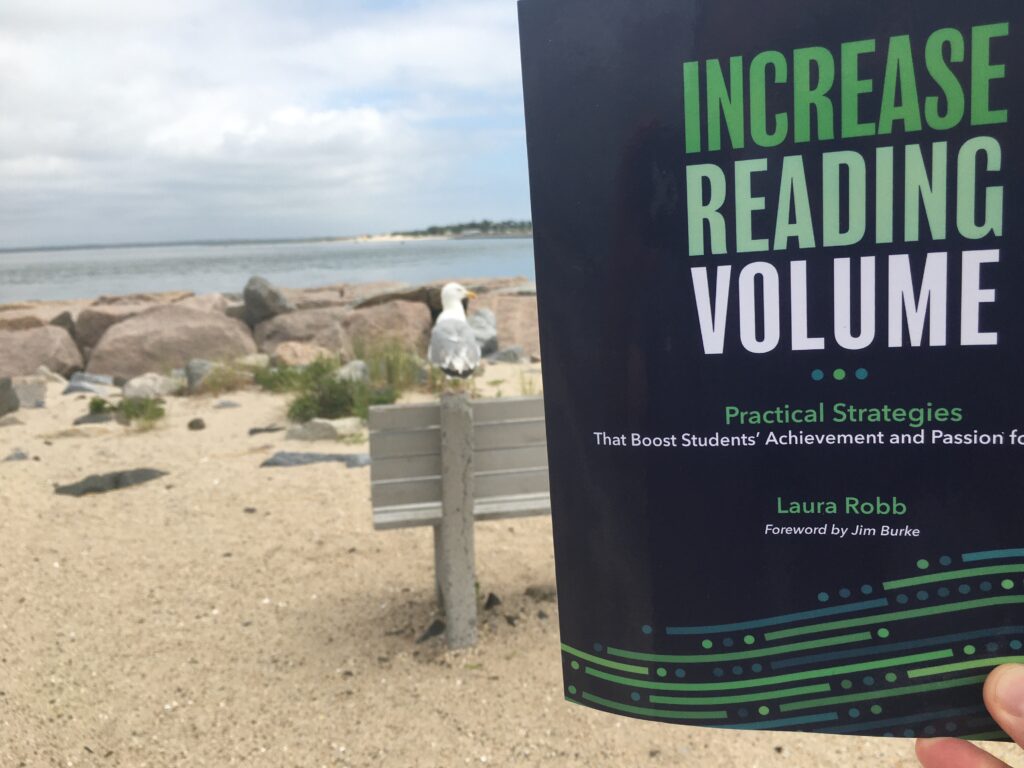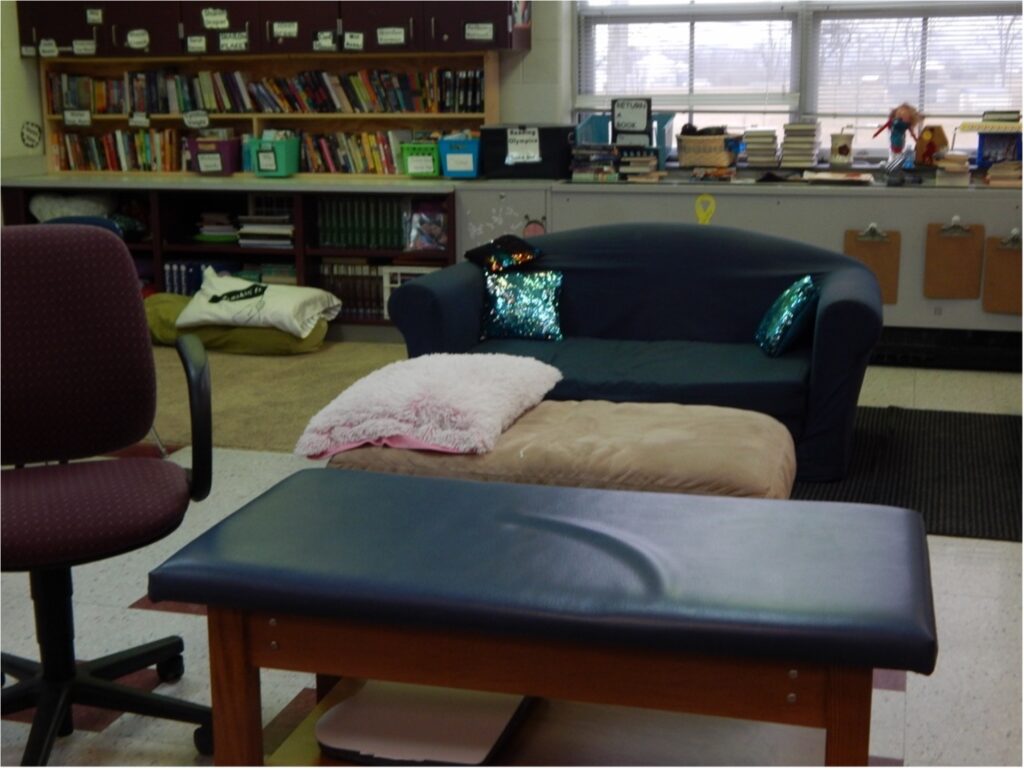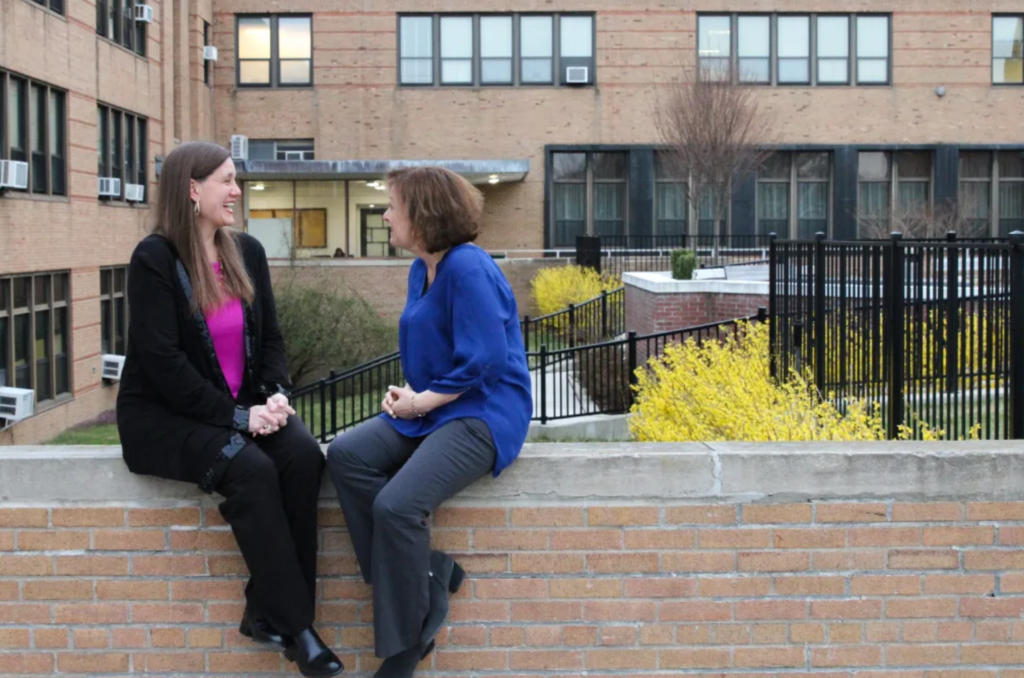The Guided Reading Debate: Problematic Pitfall or Promising Practice?
By Dr. Mary Howard
If you’ve been on social media, watched the political frenzy unfold, or tuned into the media-fueled misinformation of Emily Hanford’s six-part podcast “Sold a Story: How Teaching Kids to Read Went So Wrong,” then you know that guided reading was caught in the crossfire on a contentious battleground. On one side of the conflict are those who view guided reading as a malicious evil invented by delusional educators seeking financial gain. On the other side, we find those who see guided reading as a professional force of good for our children. The 1st group simply dubs it as “BAD,” while the 2nd acknowledges the merits of guided reading but not as a panacea.
The Guided Reading Debate: Problematic Pitfall or Promising Practice?
Given this never-ending tug of war, we find ourselves in a clash of perception:
Problematic pitfall? Promising practice? Somewhere in the middle?
The answer depends on who you ask and what we can glean from their response:
• Is it a definitive “NO,” or are there shades of benefits with some cautions?
• Is it based on self-claimed expertise or actual experience and knowledge?
• Does it add to or diminish the hope of meaningful, productive discourse?
• Is it motivated by a personal agenda or commitment to the needs of children?
• Are useless fillers like “proven and settled used or specific points shared?
To be clear, believing something because a reporter, teacher down the hall, politician, organized group, or next-door neighbor tells us its true does not an informed view make. If we are to move guided reading from Hanford’s calculated chopping block, we must be willing to put guided reading under a professional microscope. Perceptions rising from the level of experience and knowledge, or lack thereof, dramatically alter the message from informed to opinionated, the latter being all too prevalent these days.
But even experience and knowledge won’t guarantee “impact potential.” No matter how promising a practice may be, potential is only realized if it is honored where it matters most: putting it into action in the company of children. Impact potential demands a clear understanding of the WHY of guided reading that becomes a GPS for HOW and WHAT. This also requires us to know our children so that we may craft a guided reading lesson based on that knowledge and observations not only in guided reading but whether that learning transfers to other contexts. Unless we bring all of that to the guided reading experience, it is but another failed time-wasting experiment best alleviated altogether.
In the wise words of Regie Routman:
“Only when we develop common beliefs that align with research-based, principled practices can we effectively apply guided reading – or any instructional construct – to benefit all learners.”
Guided reading is one of many principled practices that are mutually supportive. In this age of political mandates that summarily dub some things as “GOOD” and others as “BAD,” guided reading misinformation has launched a knee-jerk reaction as leveled readers and manuals are literally tossed into the trashcan both literally and figuratively and teachers are FORBIDDEN to use guided reading altogether. When did personal desire and political agenda devoid of knowledge to back it up grant anyone the right to say what is and is not worthy? Yet, it seems quite fashionable these days.
Let’s start with a definition of guided reading from Fountas and Pinnell. It’s worth stating that Fountas and Pinnell were also shamefully targeted in part 5 of the story Hanford sold us (and thus guided reading by default) without evidence to support this mean-spirited slam. But then as we have often seen in the Science of Reading debates, blind faith in unsubstantiated calculated claims run rampant. As a long-time educator, I don’t waste time on opinion, so I proudly share this quote from two brilliant minds:
“Guided reading is a small-group instructional context in which a teacher supports each reader’s development of systems of strategic actions for processing new texts at increasingly challenging levels of difficulty.” Fountas and Pinnell
These words define my belief system across fifty-one years in education. I was trained in Reading Recovery, yet another victim of lies in a story we were sold. I have engaged in guided reading for decades as an interventionist and a literacy consultant supporting schools. The impact potential of guided reading is null and void unless we approach it in ways intended, but that does not negate its impact potential. I have seen mindless implementation of guided reading as children lose ground not due to guided reading but to ignoring critical tenets of the process in place of an implementation free for all.
My goal in this post is to offer those critical tenets that will shift the view of guided reading from problematic pitfall to promising practice. Unless we can address these “Tipping Points” I detail below, I advise abandoning guided reading and expending precious limited minutes in far more productive ways. Wasted time is never a good idea!
TWELVE TIPPING POINTS TO GUIDED READING AS A PROMISING PRACTICE:
TIPPING POINT #1: Invest in teachers from the start with ongoing support in mind.
I start here since all that follows will otherwise fall short. Before implementation, buy high-quality leveled texts in varied subject areas and topics of interest and create an easily accessible book room with text sets up to six. Build a strong bridge of ongoing professional learning with expert coaching support. Give teachers release time so they can observe and critically analyze and discuss lessons and then apply this learning in small groups with support. Without time and financial backing, failure is inevitable.
TIPPING POINT #2: Keep your sights on the end goal and use this as your guide.
The central goal of guided reading is to provide a teacher-supported context where students are actively doing the bulk of the work and the volume of reading is high. The end goal is to promote independent joyful experiences that draw from what students are learning in other contexts. In other words, we don’t do guided reading for the sake of doing guided reading but rather to offer a support platform that increases independence and, thus, ultimately alleviates the need for guided reading in the future. Guided reading was never meant to be a permanent instructional fixture but a temporary stepping stone.
TIPPING POINT #3: Acknowledge guided reading as one part of a bigger framework.
There are many rich components in the learning day. Yet, guided reading often gets far too much expenditure of time. This excess view forces us to alleviate relevant practices that fall within this comprehensive system. If guided reading robs time for read-aloud, shared reading, independent reading, or other essential features within that framework, we are preferencing guided reading at the expense of a much bigger picture.
TIPPING POINT #4: Celebrate the depth and breadth of what it means to be literate.
Acknowledge the reciprocal nature of reading and writing and embed it into your guided reading process. Remember that guided reading is about engaging children actively in reading, analysis and reflection on texts both through dialogue and written responses. We demean that process if children take turns reading or the teacher reads to them. And if the teacher is talking more than children, we ignore the powerful invitational nature of guided reading that contributes to growing independence and love of learning.
TIPPING POINT #5: Avoid ill-conceived structures that are not supported by research.
A flawed approach known as the walk-to-guided reading model is common but has no research basis. Professionals who spend the most time with children have the most to offer them while those who know them least raise the risk of negative impacts such as rigid ability grouping, stagnant groups and lessons that are more an act of obligatory compliance than a student-centered practice. Each of these issues translates into a one-size-fits-all view that is grossly ineffective.
TIPPING POINT #6: Widen the range of what counts in a guided reading experience.
In Teaching Readers (Not Reading), Peter Afflerbach asks us to ‘move beyond skills and strategies to reader-focused instruction’ such as engagement, self-efficacy, and motivation. Preferencing skills like cause and effect while ignoring how to use a text to support meaningful discourse with peers or how to self-question using the text as a rich springboard are relevant goals. In guided reading, we teach children what it means to be literate in the real world while making them active participants in that process.
TIPPING POINT #7: Avoid scripted low-level activity-based guided reading programs.
As the name implies, guided reading is about guided reading with a focus on readers, not trivial seatwork. Each minute filling in a blank sheet usurps time that could be used for reading, rereading, revisiting, and the collaborative talk and writing it inspires. Beware of the publisher code “with fidelity” designed to devalue professional decision-making. The impact potential of guided reading requires in-the-moment decision-making based on our knowledge of literacy research and children. Flexible references shift us from program-centered to student-centered. Responsive teaching lives within teachers.
TIPPING POINT #8: Put reading levels and the limited role they play into perspective.
Reading levels are commonly misinterpreted from theory to practice. Fountas and Pinnell remind us to level books, not children, and only in the context of guided reading:
“Text levels play an important but quite limited role in students’ literate lives in school.”
Yet, it is common for classroom libraries to be organized by levels in a gross departure from this intent. Worse, putting a child’s reading level on display inadvertently labels them publicly which is an unethical invasion of privacy that robs children of choice.
TIPPING POINT #9 Coordinate your efforts for children who need intense support.
The small group nature of guided reading makes it ideal for children who need more. This requires an “in addition to” stance in a spirit of all-hands-on-deck. Sending children off to a fix it room while ignoring what happens the rest of the day leaves little room for escape and does more harm than good by sending mixed message. Guided reading meets children where they are – not based on a grade. We increase intensity for accelerated progress by forming groups of three with added support across settings.
TIPPING POINT #10: Emphasize guided reading assessment in the context of learning.
Standardized tests are an educational staple, but they tell us little about guided reading. Using a DIBELS repeated reading fluency test is like comparing apples and oranges. Assessment should fit the goal of strategic reading and engagement, such as running records with analysis and direct evidence drawn from the guided reading experience. This experience in action offers varied sources of information based on engagement within that process. Formative assessment and observation are valuable informants.
TIPPING POINT #11: Acknowledge the wide range of small group options with purpose.
Guided reading is a small group teacher-supported, student-engaged instructional context that occurs through active participation in ways that raise intensity. Yet, it is often the only small group option in place while ignoring variations like student-led small groups. In What Are You Grouping For?, Julie Wright and Barry Hoonan write,
“Students’ curiosity and interest are more trustworthy and energizing drivers of grouping decisions than anything else. When we harness the power of the social and personal, it becomes far easier for us to teach into their academic needs as readers.”
TIPPING POINT #12: Engage in a range of literacy behaviors that work in concert.
It’s called Guided Reading, not Guided PHONICS or Guided WORKSHEET. While there are opportunities to model, teach and support discrete pieces of reading like phonics, our focus is on applying it in the context of reading rather than skill and drill phonics in isolation. We consistently return to our first tipping point by keeping in mind that guided reading focuses on what children can do with support and thus allows them to apply this in other contexts independently. This transfer illustrates that learning occurred.
CLOSING THOUGHTS:
We live in a technological era where anyone with a computer, social media account, YouTube channel, media platform, blog, or podcast can sell whatever misinformed story they invent without reins. This makes it our responsibility to consistently evaluate all sources of information thoughtfully and honestly. Since Emily Hanford emerged on the educational landscape in 2018 with Hard Words: Why Aren’t Kids Being Taught to Read? Guided reading has been in the line of fire. These days, blind faith, mandates, and opinion spread rapidly, particularly when it’s disguised as the “truth” and carefully crafted to pull at our gullible little heartstrings.
On the other hand, good intentions and desire are not enough even when schools honor the translation and informed implementation of guided reading. The value of anything resides in our ability to apply what we know in practice and always in the name of kids. This is a more effective use of time than cowardly social media mudslinging and name-calling that has become a favorite pastime at the expense of those who have spent years committed to research-informed literacy beliefs. It’s exhausting and ignorant.
It is our professional imperative to stand up for practices that have value but also to consistently re-evaluate the quality and worthiness of what we bring into our schools. We must be able to demonstrate that they are designed to honor precious time with our children and reconsider, adjust or alleviate those practices if they don’t. After playing an active professional role in guided reading for decades, there is no question in my mind that it is, in fact, a promising practice. But to bring that promise to life, we must be willing to refute misinformation and ensure the highest quality implementation using my Twelve Tipping Points as a collective high priority.
REFERENCES CITED
Rethinking Guided Reading to Advantage ALL Our Learners by Regie Routman (2018, Middleweb)
Level Books, Not Children: The Role of Text Levels in Literacy Instruction by Fountas and Pinnell (Originally published in Literacy Today Magazine by the International Literacy Association Jan/Feb 2019)
“Sold a Story: How Teaching Kids to Read Went So Wrong” by Emily Hanford (2022 APM Reports)
Teaching Readers (Not Reading): Moving beyond Skills and Strategies to Reader-Focused Instruction by Peter Afflerbach (2022, The Guildford Press)
What are You Grouping For? How to Guide Small Groups Based on Readers – Not the Book (grades 3-8) by Julie Wright and Barry Hoonan (2018 Corwin)
![]()












